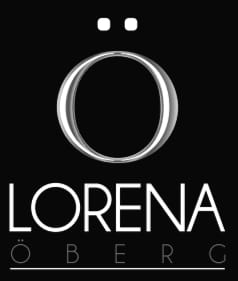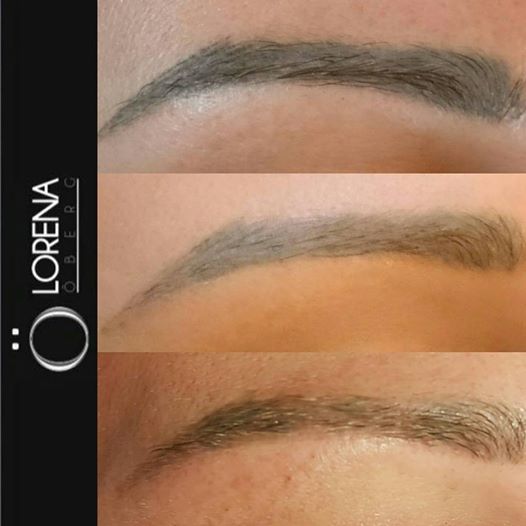Which Permanent Makeup Pigment is Best / Easier to Remove
Estimated reading time: 11 minutes
Permanent makeup, also known as micropigmentation or microblading, has been an evolving art form for centuries. From enhancing facial features to reconstructing areolas after mastectomies, its applications are diverse and impactful. At the heart of this process lie pigments, the subtle hues that define the appearance of the healed work. I will be writing this from the point of view of a removal expert as opposed to a permanent makeup artist. Although will try to give you insights from why the industry has moved into the direction it is now. In order to meet the demands of the permanent makeup technicians and their clients.
How Are Pigments Implanted Into The Skin?
Before delving into pigments, we need to clarify the process of implanting pigments, the underlying technology, and the associated terminology.Permananent Makeup, Micropigmentation and Microblading are all a TATTOO. The skin is opened using either a machine in the case of Permanent Makeup and Micropigmentation (which are synonyms) or using a hand tool. The hand tool looks like a small knife in the case of Microblading. The goal is to implant the pigment very shallow in the skin so that exfoliation will aid in the brows fading over time. Traditionally, the other end of this fading process was due to pigments that were made to break down over time. New pigments still do this but far slower and often not at all.
The Difference Between Organic and Inorganic Pigments. The Great Confusion
Many people will ask their technician for organic pigments. The word Organic in the world of PMU pigments is a can of worms. Organic pigments don’t mean the same thing that we think about when shopping for food. Organic pigments, true organic pigments come directly from the earth. They will be the carbon black often used on eyeliner or the browns used when formulating a colour for a brow. Non organic ingredients that also come from the earth can be Iron Oxides and Titanium Dioxide use as a white for lighter shades. These are extremely safe and stable components which are encouraged in our industry.
However, many organic pigments are made in laboratories to achieve the brighter colours needed to modify the browns to allow for skin to grow over the work. Is this bad? Absolutely not, in fact, lab made pigments are extremely safe and have a very low rate of allergy.
From a consumer point of view, the definition of organic versus inorganic is overly complicated and has very little relevance to the colour outcome and longevity over the years. This sounds condescending but few people in the industry truly understand it.
We also need to remember that organic is not necessarily a good thing. In the body tattoo world Oranges and Red pigments tend to have a high rate of allergic reactions because they are sourced from elements that happen naturally in the earth. The point is that if you’re going to be allergic to a pigment, it will be to one that comes from nature and not a lab.
Having said all of the above, there is very little that you need to know about ingredients when making the decision to have PMU. I will go into what you do need to know bellow.
What are Modifying Ingredients in Permanent Makeup Pigments?
These are colours that are put into the pigments so that they contrast the colour of your skin when it grows over after healing. When a cosmetic tattoo is done, regardless of which method is used, the skin is opened and the ink is implanted into the skin. For tattoo artists, the frustration comes from trying to keep the colours bright. From a permanent makeup perspective, we want to keep the colours warm so that they look natural. These modifiers are colours like Red, Orange and Yellow. Some colours used on very pale skin may be modified with greens and blues. The vast majority of people will come under the first group.
Why Are These PMU Modifiers Important From a Removal Perspective?
These are always going to be the last colours that will go, if at all, during the removal process. In the case of New Generation Pigments the yellow or red can remain indefinitely.
Traditional VS New Generation Pigments
Traditional Pigments – (What we have used for the past 30+ years)
These Pigments primarily consist of Iron Oxides and Titanium Dioxide (white), along with organic and inorganic components. Manufacturers originally intended these pigments not to be permanent (ironically), so they are designed to break down to some extent over time. This break down means that there would always be a need to a for top up in order to keep the work looking fresh. This posed a few problems from the Client’s and therefore the Technician’s point of view.
Clients wanted brows that last and stay true to colour longer. As the pigments began to break down the darker colours faded first leaving many people with Orange or Red brows. These colours where the modifiers were Iron Oxide and Titanium Oxide based and therefore very stable in the skin. In fact, so stable that even after years they would remain red or orange. Whilst an experienced permanent makeup artist would be able to neutralise these colours during the top up, the brow would eventually lose the natural hair strokes that most people want.
The other situation that technicians has to deal with is that traditional pigments didn’t always heal as expected in the skin. This is actually the reason I gave up doing permanent makeup. I could tattoo 3 different people and all 3 would heal differently. I didn’t enjoy the uncertainty of it. Although it’s fair to disclose that this was largely due to my lack of talent for PMU. I decided very quickly to stick to what I do have talent for which is removal.
Removal of Traditional Pigments (PMU & Microblading)
The removal of traditional pigments is a lot easier than New Generation Pigments, the reasons for this are:
They are made purposely unstable to break down:
The formulation of traditional pigments is fundamentally made to break down in the skin. This means that the laser will have less molecules to get through after a few years. The molecules that are there, other than the Titanium Dioxide will break down very quickly under the laser.
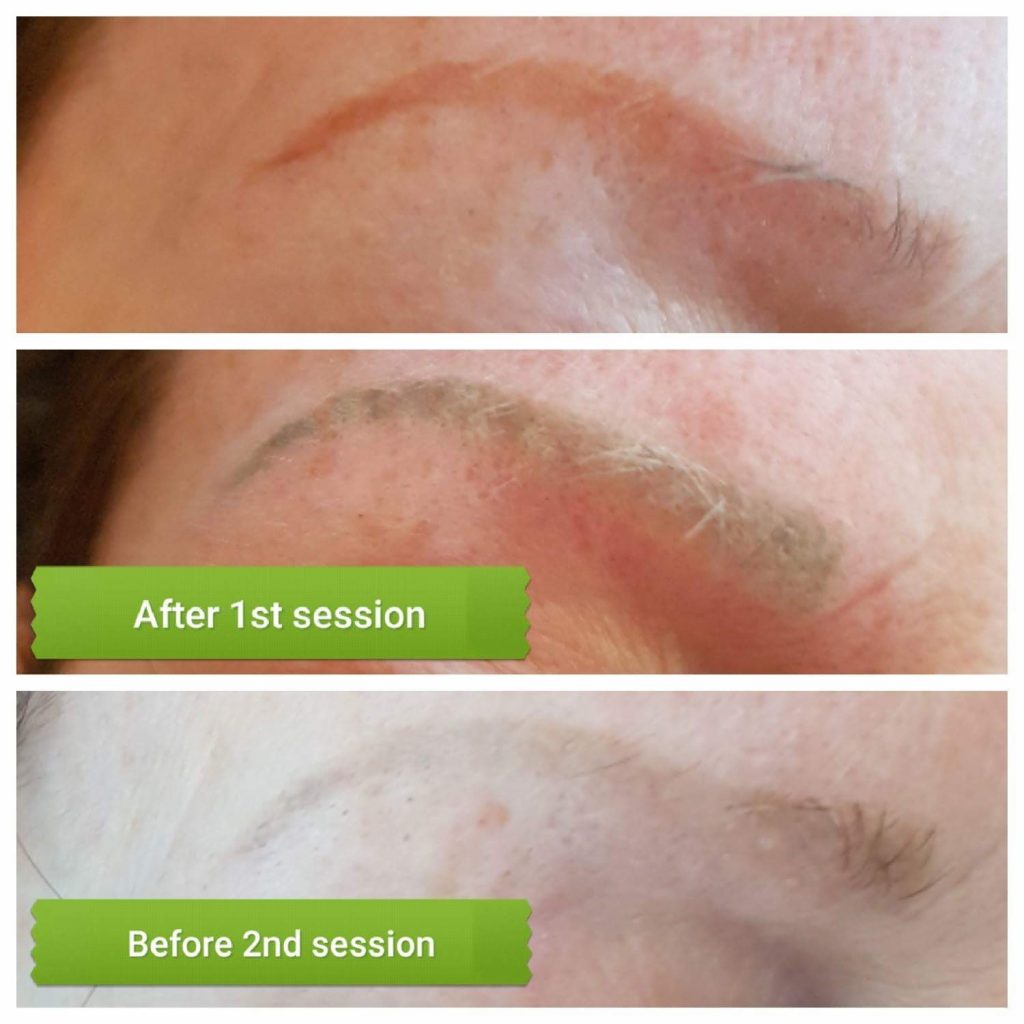
What about the Titanium Dioxide?:
This is the most stable element in traditional pigments and manifests itself in the form of red, pink or orange with time. The key here is WITH TIME! When all the other darker colours have faded and only the light modifiers are left. A chemical reaction will occur when the laser hits the Titanium Dioxide turning it back to Titanium (A dark greyish colour). Many people think that once this happens that it becomes permanent. Nothing could be further from the truth. It’s part of the removal process but with further treatments it will come out.
New Generation Pigments
There is so much that we still don’t know about the new pigments popping up everywhere. This is mainly due to the fact that they are…NEW. With permanent makeup, we don’t get to find out about the problems until far later…years later.
These new pigments fill a gap in the industry and give technicians solutions to problems they were facing with older pigments. They have mainly be created by laboratories that have been making permanent tattoo body pigments for decades. They are easy to tattoo with, hold the colour beautifully, hair strokes are crisper for longer and the brows stay true to colour for years longer than with traditional pigments. These brows do not pull orange or pink as they age. The go greyish which is a far more palatable colour on the face.
Sounds wonderful doesn’t it? UNTIL
Removing New Generation Pigments
I don’t claim to know everything about how these pigment are made. Remember that I’m writing this from the removal perspective. What I do know is that they use A LOT of modifiers (this is their secret sauce that gives the wonderful results when tattoing) . The are packed with florescent yellows and bright reds which only become visible when the laser hits them. These modifiers are not Titanium Dioxide based and here is the problem lies.
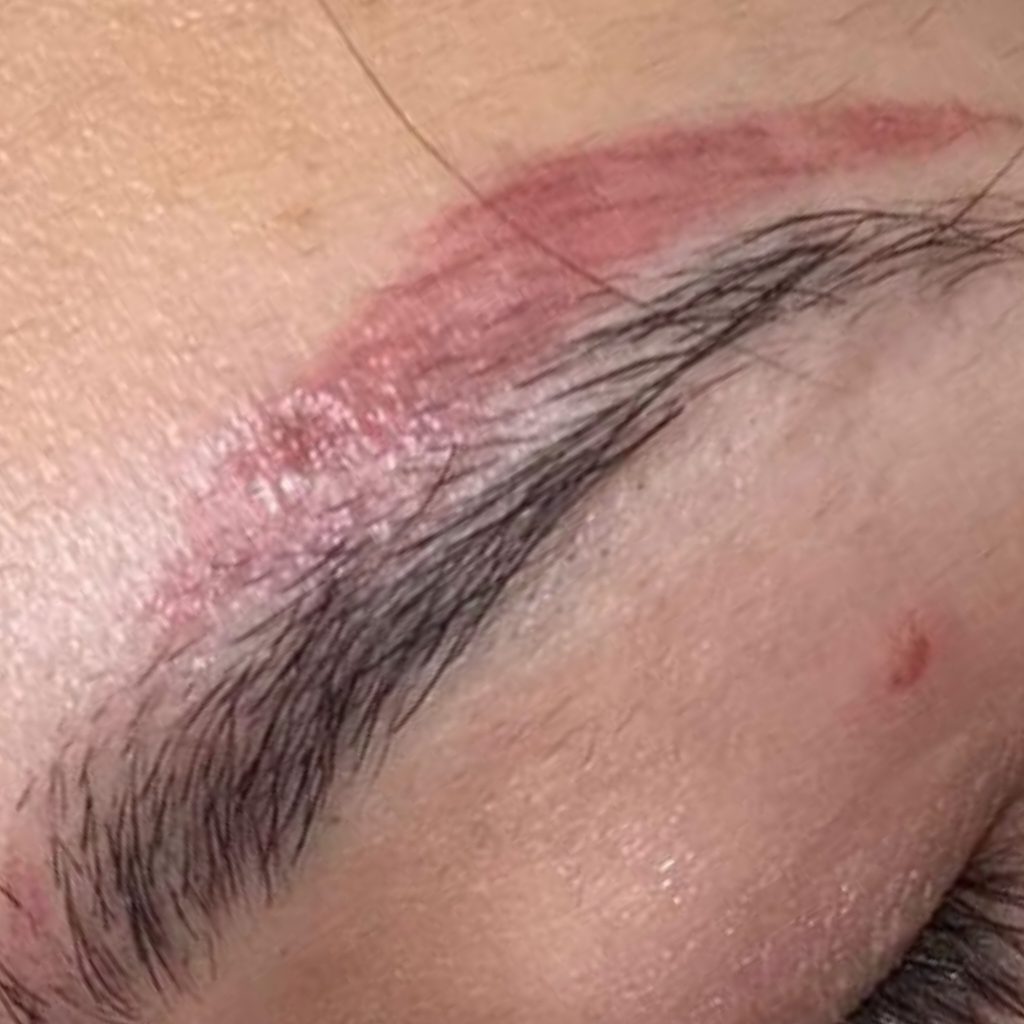
Once the laser hits them and they change colours, there is no telling if they’re coming out or not. What’s worse is that the florescent yellow doesn’t become apparent until the third laser session and then shifting it becomes very difficult. With traditional pigments were the modifiers are Titanium Dioxide based, they would turn dark under the laser and the removal process continues as normal. Where a maximum of 5 treatments were enough.
It’s important to clarify that the colour change comes from the laser getting rid of the dark colours in the skin and leaving the modifier behind. There are myths that the pigment is burnt with the laser but this is simply not true. The laser will remove the dark colour first very easily.
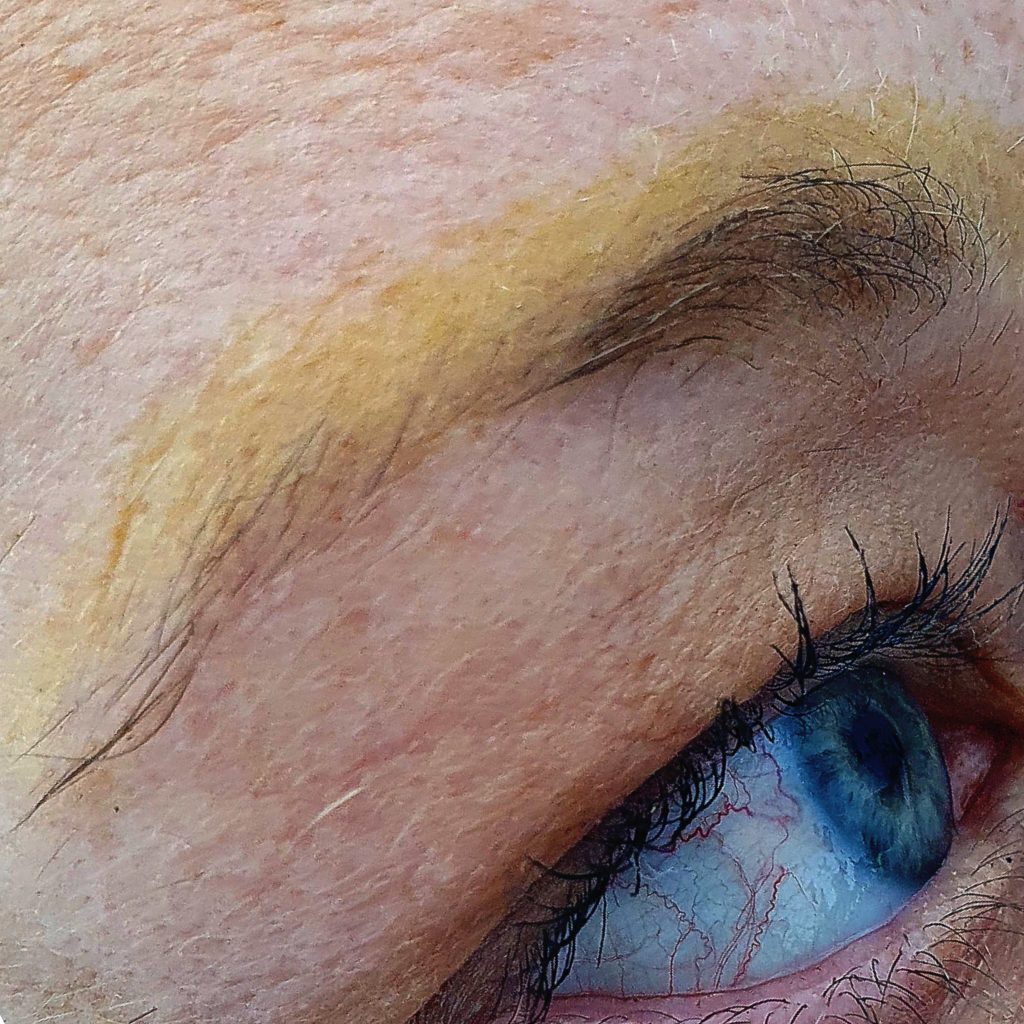
I’m at the point where I will test patch 3 times the same area to make sure that it doesn’t go Florescent Yellow. I prefer to have concrete data than put a client in the awkward situation of having to go with laser sessions for ever more.
When yellow brows come to me I alternate laser and non laser treatments. Still, it’s not an easy thing to remove. You will find yellow brow blogs all over the internet with people that have been disfigured.
An Urban Legend
There is a theory which is more like an urban legend that over time, brows that have been tattooed with New Generation Pigments do not go weird colours after the laser. The theory is that as the years pass, these modifiers fade due to sun exposure and general fading in the skin, making laser removal far easier. Meaning, that if your brow is many years old and it has gone grey, chances are that the modifiers will have faded to the point where they are no longer a problem. I reiterate that this is an urban myth because these formulations are far too young for us to know how they will truly age.
Why are clients not told about how truly permanent these colours are before they’re tattooed?
In the Permanent Makeup Industry problems don’t come to light for years, sometimes even decades. The manufacturer firmly holds the responsibility for testing how their pigments react under the laser if removal is necessary. Technicians are informed that the pigments they purchase are safe (which they are) and that removal poses no problem. Technicians want what is best for their clients and I don’t know a single one that would knowingly tattoo with a permanent pigment. Permanent makeup artists can only convey the information provided by the manufacturer to the client. No one who has approached me with red or yellow post-laser brows was ever informed about the potential consequences of pigment removal. I believe that few people would consent to being tattooed with permanent pigments.
Informed Consent and Lawsuits
In Europe we have very strict laws about informed consent. No win no fee solicitors are now taking on cases of people left disfigured with permanent yellow and red brows. The unfairness of this is that those lawsuits are going against the technicians who themselves had no idea of the implications of using these pigments. They didn’t tell you that it was permanent because they didn’t know. Sadly, ignorance does not excuse us from the law and solicitors will go after low hanging fruit, in this case, the technician.
Conclusion
From a permanent makeup removal perspective a good rule of thumb is, if your brows went red, orange or pink with time they will be easy to remove. If they went these colours after a laser session, it will be far more difficult. I hope that there is enough information in this article to help you make an informed decision when having permanent makeup done.
You should only have Permanent Makeup/Microblading knowing that even with laser, only an 80% removal can be guaranteed.
There are compromises to be done on both sides. From my perspective, I really feel that so far, the permanent makeup pigment line that comes closest to bridging the gap between traditional and new generation pigment is KB Pro Pigments (this is an unbiased and unpaid opinion based on removal and relationship with technicians). They are easy to work with and easy to remove.
You can book a free video consultation with Lorena HERE. If you wish to speak to a member of staff please call 0800 0029696
